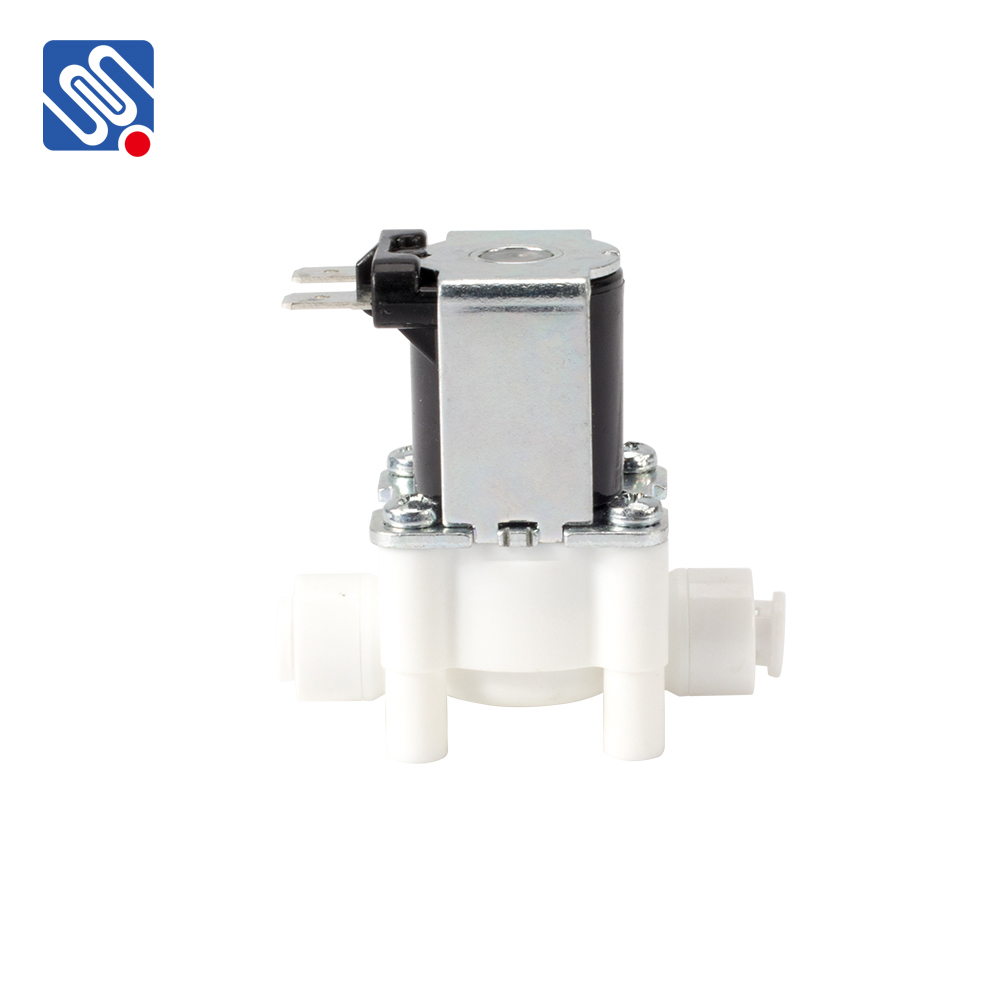Swimming pools are a great way to relax, exercise, and enjoy leisure time, but they require regular maintenance and effective systems to ensure water quality, temperature, and cleanliness. One of the key components in modern pool automation systems is the swimming pool solenoid valve. These devices play a crucial role in regulating water flow, enabling automatic control of pool systems, and improving the overall efficiency of pool maintenance. In this article, we will explore what swimming pool solenoid valves are, their working principle, and how they contribute to pool automation.

What is a Swimming Pool Solenoid Valve? A swimming pool solenoid valve is an electrically operated valve used to control the flow of water in a pool’s plumbing system. Unlike manual valves, which require physical intervention to open or close, solenoid valves are controlled by an electrical current, making them ideal for automation in pool systems. These valves are commonly integrated into systems that handle water filtration, heating, and chemical treatment, allowing for remote control and scheduled operation. Working Principle The primary function of a swimming pool solenoid valve is to regulate water flow based on the electrical signal received. The valve consists of a coil of wire (electromagnet), a valve body, and a plunger that is typically held in place by a spring. When electricity flows through the coil, it generates a magnetic field that pulls the plunger away from the valve, opening the valve and allowing water to flow through the system. Once the electrical signal is cut off, the spring pushes the plunger back into place, closing the valve and stopping the flow of water.
Leave a Reply
You must be logged in to post a comment.